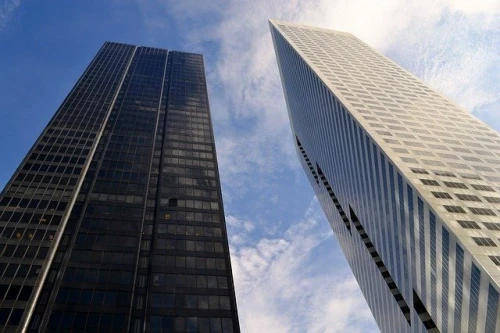
Lee Elliott notes the weakness in business sentiment, but sets out how the office retains a key role in corporate organisations, and highlights the naivety behind the sensationalist “death of the office” narrative.
What we know
Markets pause as corporate sentiment weakens. We have tracked sentiment across 16 global office markets since early April. It is clear that COVID-19 has brought an acute slowdown in active requirements from occupiers and a notable upturn in the volume of deals postponed. Weakening corporate sentiment is central to this slow-down, with a recent global survey of CFO’s finding that two-thirds had already delayed or postponed investment and placed restrictions on capital expenditure. This will take time to unlock, although we have seen an improving level of occupier activity in Hong Kong – the first of our tracked markets exposed to COVID-19 - over the last fortnight. This is grounds for cautious optimism.
Re-occupancy in focus as lock-down measures gradually loosen. As Government’s detail routes towards the gradual reopening of their economies, business attention has turned towards the re-occupancy of offices. This is far from a ‘normal’ return to office life. The necessary requirement to respect social distancing measures – and a 2m distance between individuals – is forcing the reconfiguration of office layouts with a 50-60 per cent reduction in office capacity in most cases.
What we expect
The great global workplace to continue. As re-occupancy becomes a reality for more businesses, we will move rapidly into the second phase of the great global workplace experiment. The capacity constraints within existing office portfolios will force companies to adopt hybrid workstyles with a clear distinction between staff working at home or in the office. This will be a difficult balance for business leaders to strike from both an operational and managerial perspective.
Evolution not revolution. There have been many revolutionary claims about the effects of COVID-19 on office occupancy. We do not buy such claims. Instead, we see an expedited evolution of the office following many of the cues evident in the market prior to the pandemic. A key reason for this is the limited ability for occupiers to enact rapid change at an asset or portfolio level. Economic and operating conditions will serve to apply a brake in the short-term, whilst lease breaks and expiries will typically be required to enact change and these are seldom instantly available.
What we question
A fundamental shift in the pre-crisis supply vs demand dynamics. There has been growing talk of the impacts of COVID-19 on market fundamentals. While a close-eye needs to be kept on sub-letting activity within global markets (with an uptick in four of our 16 tracked markets in the last fortnight) we believe that the limited supply of quality office space in global markets will be sustained, not least because of short-term financial and practical constraints on the delivery of new space. We also believe that demand will be strong post-crisis. While recognising a potentially difficult economic environment, the urgency of business restructuring (particularly in respect of digital transformation) will further the disruption = demand dynamic we have previously highlighted.
"The office is central to the creation and maintenance of a corporate culture. It is essential to the innovation and creativity required to stay competitive."
The ‘death of the office’. The 20-year old death of the office narrative has reappeared with gusto over the last two months. Enforced working from home, and now the emergence of hybrid working styles that blend WFH with working in the office, have led to bold claims about how businesses could benefit from removing their second-largest operating cost. This is naïve. The office is central to the creation and maintenance of a corporate culture. It is essential to the innovation and creativity required to stay competitive. It is the place where essential (and often tacit) staff development and education occurs and where social connections transform into important professional collaborations. Businesses are immeasurably weaker without recourse to an identifiable collective hub. That is not to say that the form and function of the office is beyond reconfiguration but, once again, rumours of the death of the office have been greatly exaggerated.






